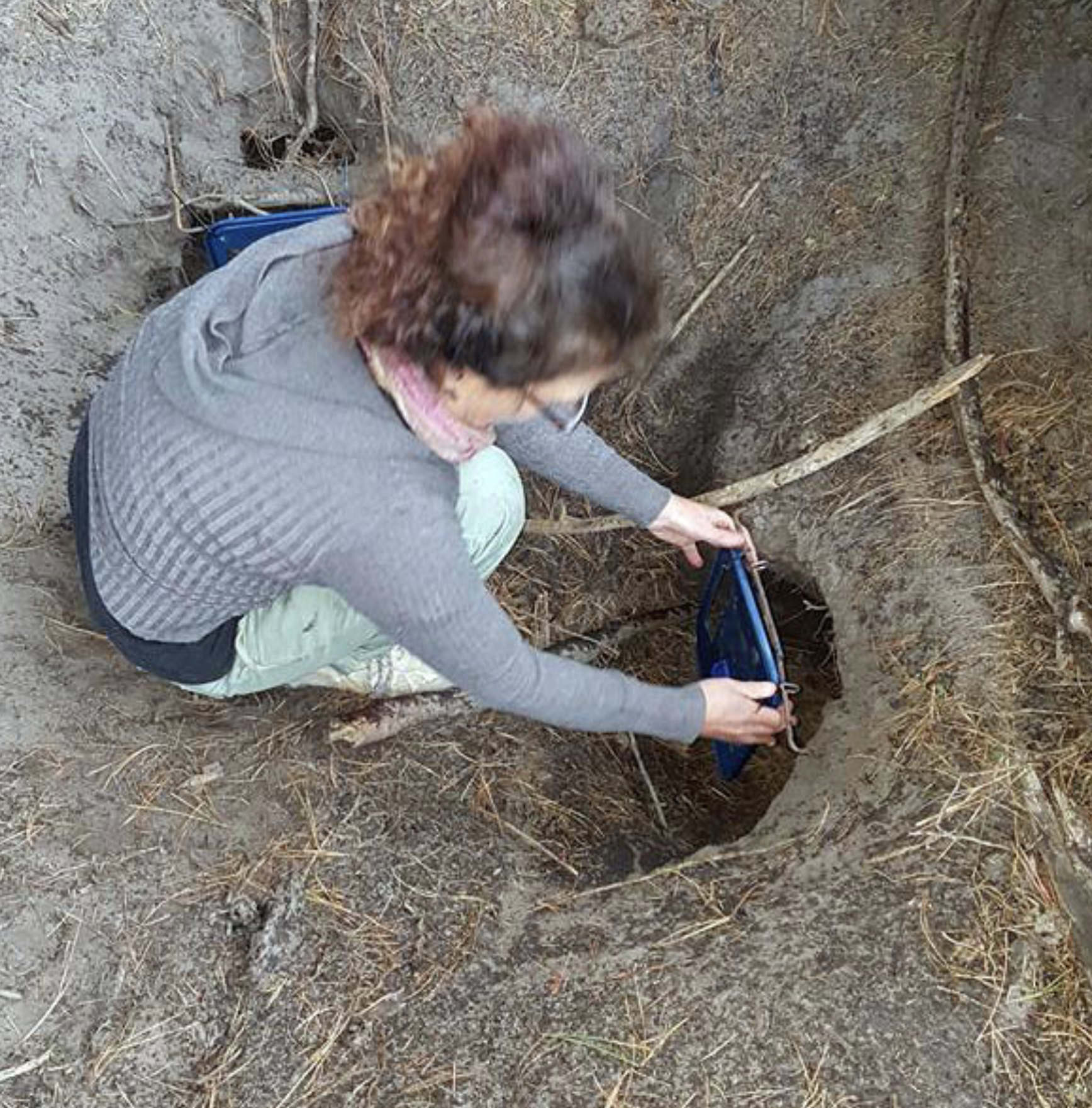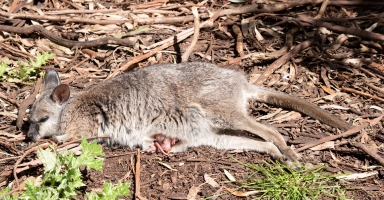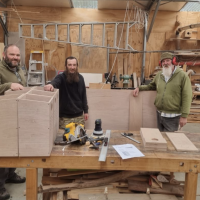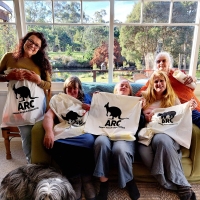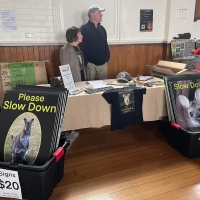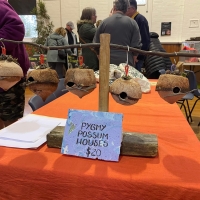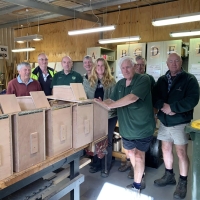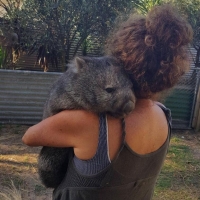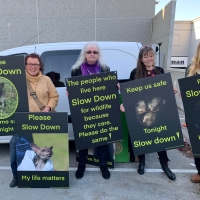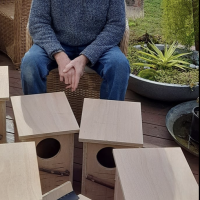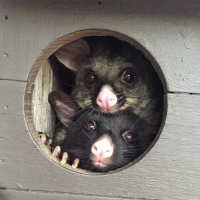Creating Habitat Boxes
The rapid rate of urban development and habitat loss in the Kingborough and many areas across Tasmania, has resulted in many animals finding themselves displaced, without a home, and more frequently on our roads and in our backyards.
As a community initiative, we put a call out to our members via social media asking for a donation of time and skill to make possum and microbat boxes, which provide shelter in trees and a place to rest and nest for these animals.
As a not for profit community group, who relies solely on funds raised by ourselves, we asked Bunnings to donate timber and support our fundraisers which they kindly did. The Bunker, also kindly provided the best price for their timber and did not charge us for delivery, on all occassions. The sale of the boxes covers the cost of materials only. all funds raised are put back into the kitty for the next batch.
We have been overwhelmed by the generosity of some local community members and groups who have offered to build possum, microbat and parrot nest boxes.
Shirley and Paul from Franklin made the first lot, which all sold out very quickly. Merrelyn and Andy from Cygnet made two lots and Ella at Kettering made a batch.
We also made contact with the wonderful men at the Mens Shed in Huonville and The Mens shed in Kingston who have made boxes for us. They have all been such an incredible ongoing support to us, to date our friends at the Kingston Men's Shed have made over 50 boxes for displaced wildlife.
We have recently made contact with the Bruny Island Men's Shed who are in the process of building the next batch of nest boxes. We are incredibly humbled by the kindness and respect these wonderful friends have for our local wildlife.
Bruny Island Mens Shed
"Bruny Island Mens Shed (BIMS), on South Bruny Island, in the centre of Alonnah has been making nest boxes since before I joined the shed. In 2015 the shed made the first batch of hundreds of 40 Spot Pardalote boxes to help breeding success through combating nest hole habitat loss due to tree removal.
Since then, we have made hundreds more and are involved with continuing research on entrance hole diameter, experimenting with 0.5 mm difference to exclude Striated Pardalote and other species (working with BIEN-Bruny Island Environment Network,TWIBBI- Threatened Woodland Bird project with BIEN, and Inala gardens). At the Shed we make lots of Swift Parrot nest boxes, Bruny Island being one of the major breeding sites globally for both 40 Spot Pardalote and Swift Parrot.
At Bruny Island Men's Shed we also have made many microbat nesting boxes; the first order came through the St Andrews catholic church at Alonnah that had a colony inside the church and the last straw was a bat landing on the priests' shoulder during a sermon! We installed some boxes and ensured the bats couldn't get back in and they happily took up residence outside.
At BIMS we also make Ring Tailed as well as Pygmy Possum nest boxes. At BIMS we make all of these different types of nesting box from donated recycled off cuts donated by various builders and a fantastic cabinet maker, and a tip scavenger on island, this way we are not removing habitat for other species and the "food miles" and carbon footprint of each box minimised. At BIMS, we will also make boxes from donated first run materials upon request.
We have a great team of blokes dedicated to environmental products, and soon hopefully the ladies group, Women In The Workshop (WITW- When Men's Shed is a female only work group) will join in and we can double the efforts! Men's Sheds are a fantastic resource for environmental projects. There is a wealth of engineering and design as well as carpentry skill sets on hand, scientific know how and common-sense problem solving, and I see Sheds all around the country contributing more and more in the environment and conservation sectors.
James Bunker Co- vice president Bruny Island Men's Shed
If you would like to purchase or join an association in your area to help make habitat boxes, please contact us
Click here if you are able to make you own nest box. How to make your own nest box
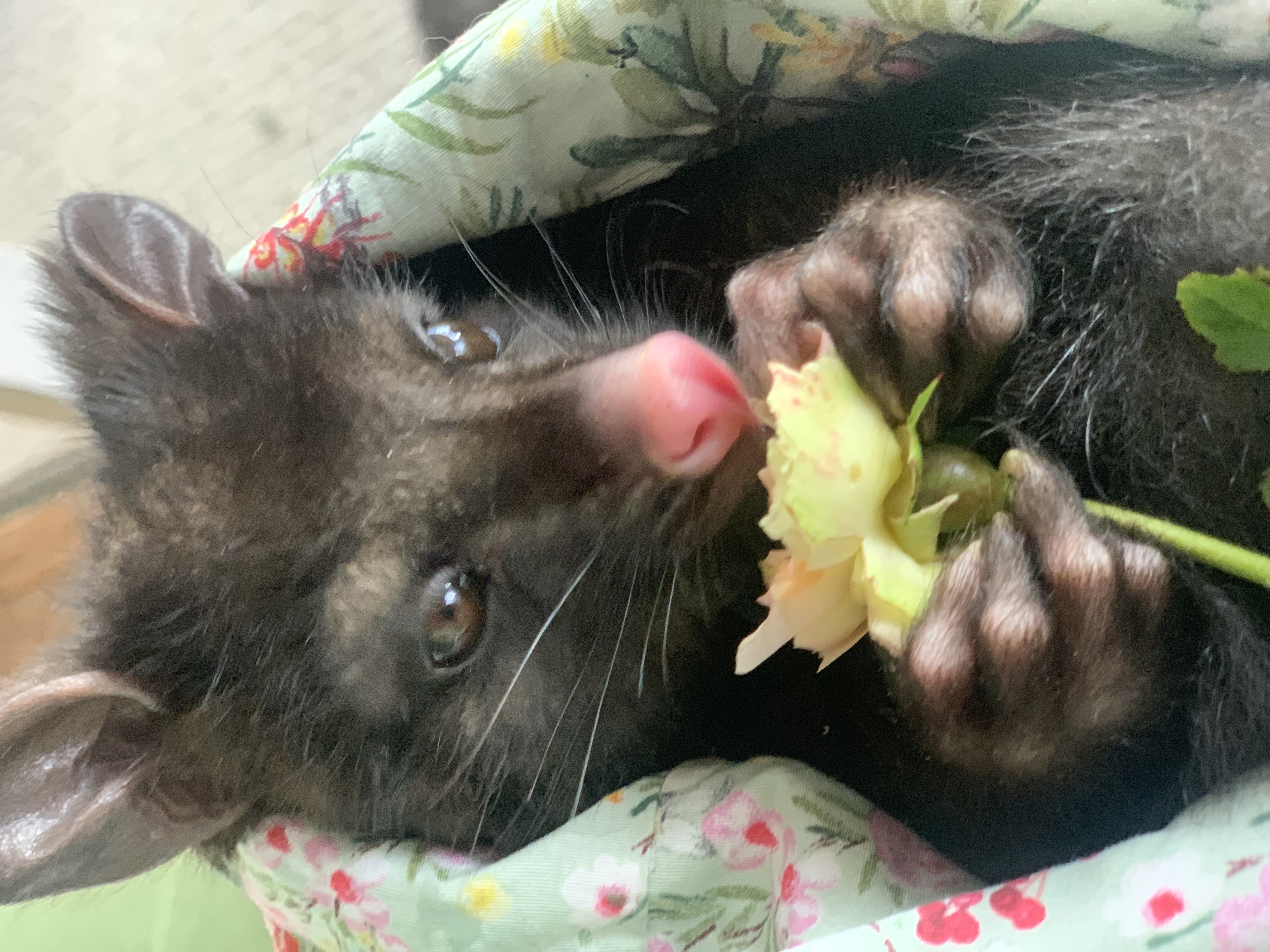
A Trial of a Solar-Powered, Cooperative Sensor/Actuator, Opto-Acoustical, Virtual Road-Fence in Tasmania
Overview
Road infrastructure is expanding rapidly on a global scale as industrialisation and urbanisation increase. One consequence is a global rise in animals being killed or injured (roadkill) in wildlife vehicle collisions (WVC) in Europe, the Americas and Australia, and a rising number of injured and orphaned animals being rescued by welfare organisations.
WVC can have serious consequences for animals and humans, i.e. death or injury, and can a ect the environment through species decline. The ‘OneWelfare’ concept, where animal health, human well-being, socio-economic development and environmental sustainability are inexorably linked, might suggest that any reduction in WVC could have strategic value, such as fewer car insurance claims and less roadkill for tourists to encounter. In Australia, a 10% reduction in WVC would mean up to 40,000 fewer mammalian roadkill victims each year.
Three main approaches to mitigating the problem of WVC, which can be undertaken individually or in combination, are infrastructure management, changing human behaviour and changing animal behaviour. Infrastructure management includes building roadside fences, culverts and land-bridges, but these are costly, ranging from AUD 50,000 for a culvert to AUD 2 million for a land-bridge.
Changing human behaviour focuses chiefly on attempts to change the behaviour of drivers but this has proven to be elusive [12,19,20], although studies are starting to merge the biological and social sciences in a bid to address this [21,22]. Changing animal behaviour to reduce WVC may involve the use of devices that trigger a flight response and alert wildlife to approaching tra c.
In April 2018, the Tasmanian Department of State Growth, Infrastructure, Energy and Resources erected a VF system (Virtual fencing unit) produced by IPTE Traffic Solutions Ltd, along a 4.5-km section of the Huon Highway, a single carriageway road with three lanes, from Lesley Vale to Sandfly.
The 4.5-km section of highway is mostly straight with some sweeping bends. Proceeding north-east to south-west, the highway has a gentle decline but becomes steeper over approximately the last 1.5 km.
Rough pasture abuts the highway, with intermittent copses of eucalypts and light undergrowth either side of the clear gravel and grassy verges, ranging in width from approximately 5 to 15 m.
The vegetation becomes more dense woodland alongside the steeper south-western sections. A traffic counter was located 910 m west of the Huon HWY-Leslie Road intersection.
The counter accurately approximates the number of vehicles using the full extent of the trial site, their speed, and time of their passage on a continuous basis. The operational status of the VF units was checked on a weekly basis.
For further information, please download the full report document below.
Wildlife Rescue Kits
Wildlife Safe Tasmania has worked in conjunction with RACT to make Wildlife Rescue kits.
These kits contained all necessary items to attend an injured or orphaned animal on the roadside.
The kits are designed to be used by trained wildlife rescuers.
For more information on becoming a trained Wildlife Rescuer, please contact Bonorong wildlife rescue

